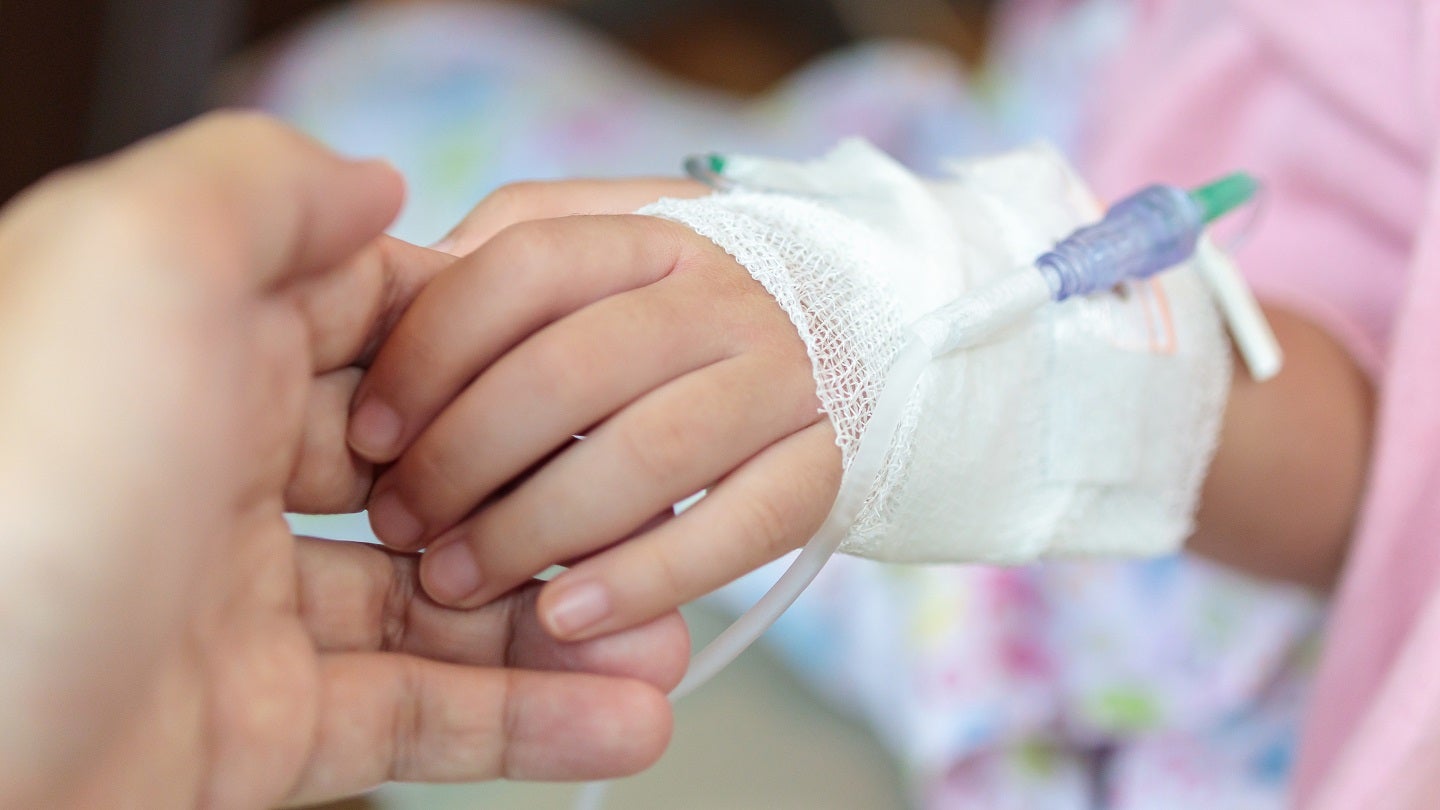
The government of New South Wales (NSW), Australia is setting up positive pressure isolation rooms at children’s hospitals in Sydney.
These rooms, called Positive Pressure Ventilation Anterooms (PPVA), will be built at The Children’s Hospital at Westmead and Sydney Children’s Hospital, Randwick, in cancer care wards and intensive care units.
They use specialised air ventilation systems to create positive air pressure, preventing outside pathogens such as viruses from entering patient rooms.
These rooms aim to protect immunocompromised children, such as cancer or transplant patients, by reducing infection risks.
The NSW government has allocated A$3bn ($1.9m) in the September budget for upgrading hospitals, including this initiative.
Prototypes of these rooms have been developed at The Children’s Hospital at Westmead for staff to become familiar with the design and technology, allowing for layout adjustments and training.
How well do you really know your competitors?
Access the most comprehensive Company Profiles on the market, powered by GlobalData. Save hours of research. Gain competitive edge.

Thank you!
Your download email will arrive shortly
Not ready to buy yet? Download a free sample
We are confident about the unique quality of our Company Profiles. However, we want you to make the most beneficial decision for your business, so we offer a free sample that you can download by submitting the below form
By GlobalDataAdditionally, carer zones will be introduced in intensive care units, allowing parents and carers to stay with children in the hospital.
NSW Premier Chris Minns said: “The NSW Government is committed to rebuilding essential health services with significant investments in both staff and infrastructure.
“This technology is something that paediatric healthcare has never had before in NSW, making it a first for both the Sydney Children’s Hospitals Network and the state.
“For kids who are immunosuppressed, being able to reduce the risk of getting a virus or a cold is so important during what is usually intense treatment, and that’s why we want to ensure our hospitals have the ability to protect sick kids and their families as much as possible.”
These isolation rooms are slated for completion in both hospitals by 2025.



